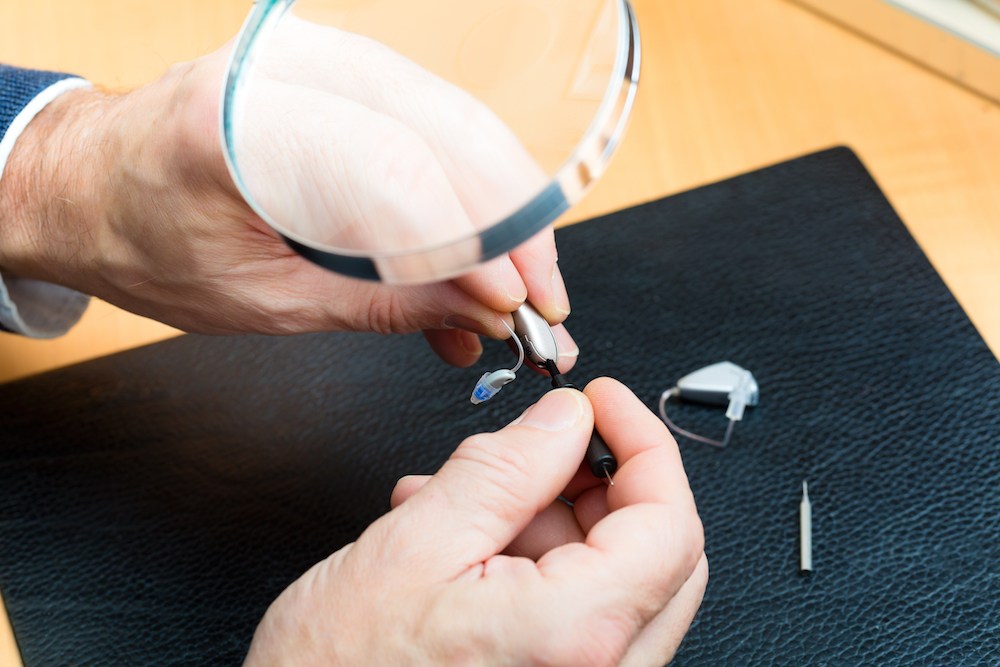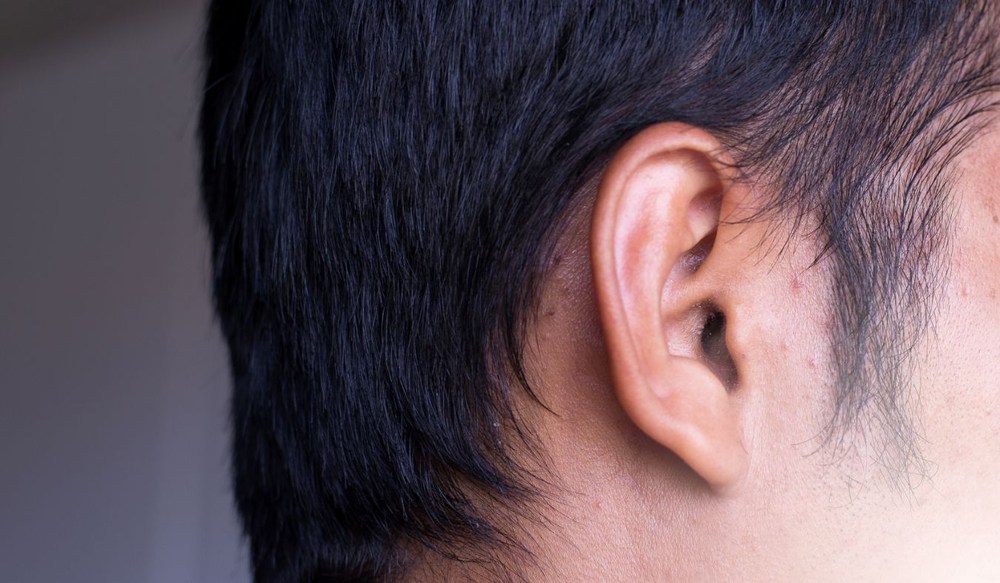How Technology Is Changing Hearing Screenings in Schools
School hearing screenings have long been an important way to identify
New location in Devonshire Mall! Visit Us Today!


School hearing screenings have long been an important way to identify

Many people with hearing loss find that some environments are much more

Tinnitus happens when a person hears sounds like ringing, buzzing or